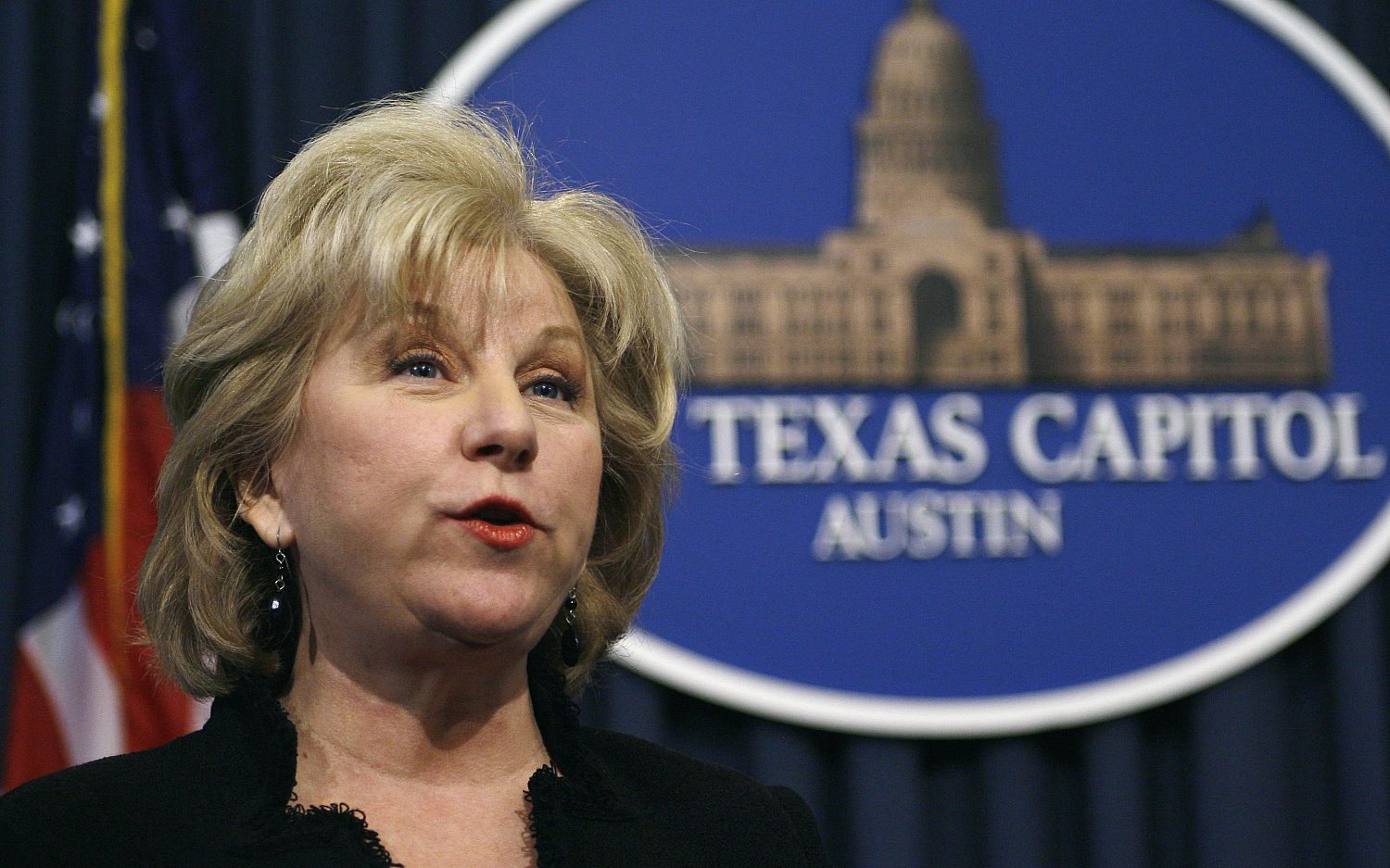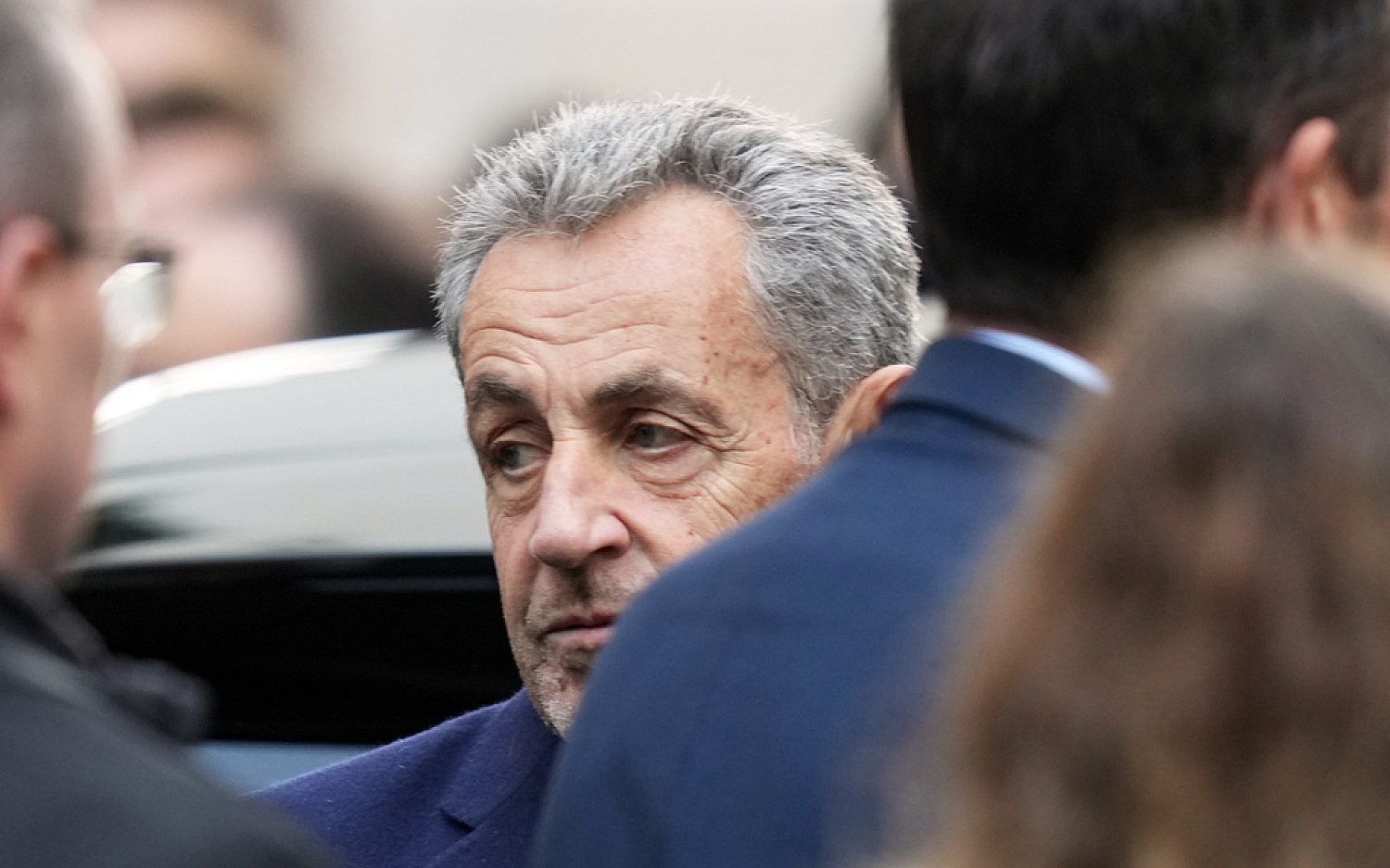The best places to be a charter-school student
The District of Columbia, Louisiana, and Michigan have the highest-quality, most innovative charter schools in the nation, according to a state-by-state analysis released Wednesday. The National Alliance for Public Charter Schools ranked states based on the health of their charter schools, and not all states scored high on indicators like ethnic minorities and academic performance.
The charter school movement began over two decades ago in hopes of improving public schools and giving parents choices regarding their children’s education. Charter schools use public funding yet function free from many regulations in exchange for meeting the terms of the school’s charter. Forty-two states and the District of Columbia now have charter-school laws.
The National Alliance only ranks the 26 states that had at least 1 percent of public-school students in charters last school year and that participated in the 2013 National Charter School Study, published by the Center for Research on Education Outcomes (CREDO).
Washington, D.C., landed at the top of the ranking by a wide margin. Forty-nine percent of its public schools were charters last year. The district’s charter students were, on average, 72 days ahead of traditional public school students in reading and 101 days ahead in math, according to the CREDO report.
Nevada, on the other hand, ranked last, with charter schools comprising 5 percent of last year’s public schools. Nevada’s charter students were 108 days behind public-school students in reading and 137 days behind in math. Nevada charters also ranked low on the list for serving a smaller percentage of minority and free or reduced-price lunch students than traditional public schools. Those students “need options the most,” said Todd Ziebarth from the National Alliance,
The National Alliance said closing schools that don’t meet their charters is a sign of a healthy movement.
In a discussion panel on the report, Scott Pearson, executive director of the District of Columbia Public Charter School Board, said part of the district’s charter school success includes “being tough about closing low-performing schools.” It had an average annual closure rate of 3.8 percent from 2008 to 2013, and the National Alliance gave it a four out of four in the charter school closings category. In contrast, New Mexico, ranking 21 out of 26, had a closure rate of only 1 percent. The report recommended the state “ensure that authorizers are closing chronically low-performing charters.”
Critics of the charter-school movement say the system is undemocratic because school leaders are not necessarily accountable to local voters. In the panel, Michael Petrilli, president of the Thomas B. Fordham Institute, pointed out that in New Orleans, a city with a large African-American population, there’s “this sense that this far away state board of education is making decisions—that state board that’s mostly white.” The District of Columbia has a public charter school board nominated by the mayor, not elected. “Is that why they are high quality, and if so do we just have to accept that, in this case, democracy is not working as we’d like it to?” Petrilli asked.
Kenneth Campbell, president of the Black Alliance for Education Options, who helped construct the New Orleans education system after Hurricane Katrina, said accountability can be difficult on democratic local school boards, too, where members are working to be re-elected.
Pearson from the Washington charter-school board credited part of the city’s success to the local philanthropic community, saying, “It has built this ecosystem of support around the schools.” He also credited talented community leaders, including a non-profit executive, an attorney, and a management consultant who have founded schools.
“What we’ve seen is that when you have an open, thriving charter sector, it attracts high-talent people who wouldn’t normally associate themselves with a traditional public education to come in to the sector,” Pearson said.
An actual newsletter worth subscribing to instead of just a collection of links. —Adam
Sign up to receive The Sift email newsletter each weekday morning for the latest headlines from WORLD’s breaking news team.




Please wait while we load the latest comments...
Comments
Please register, subscribe, or log in to comment on this article.